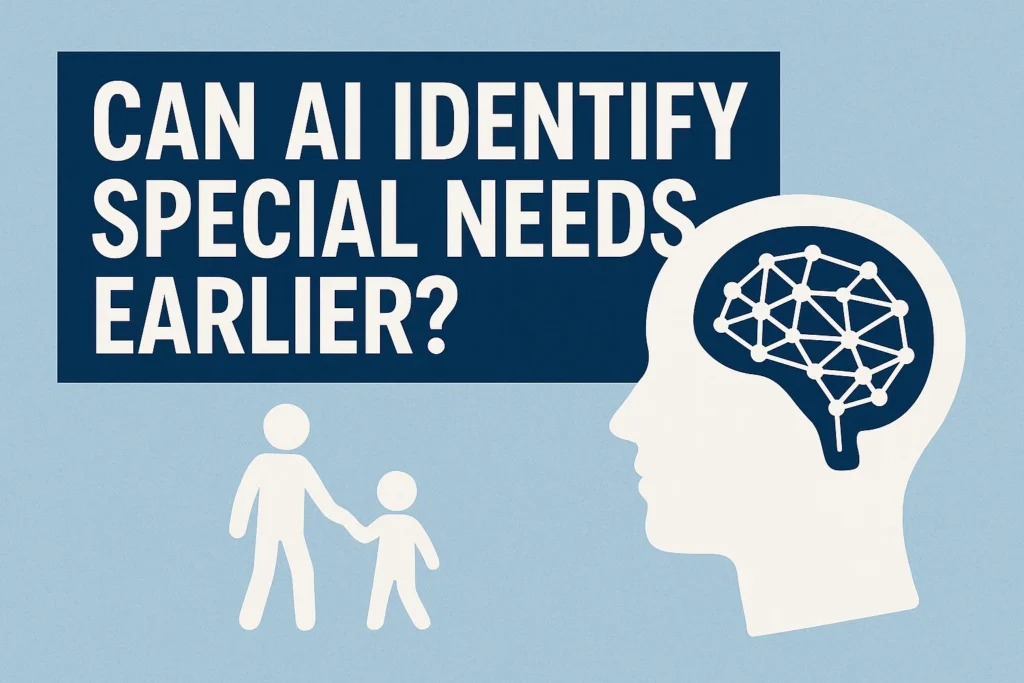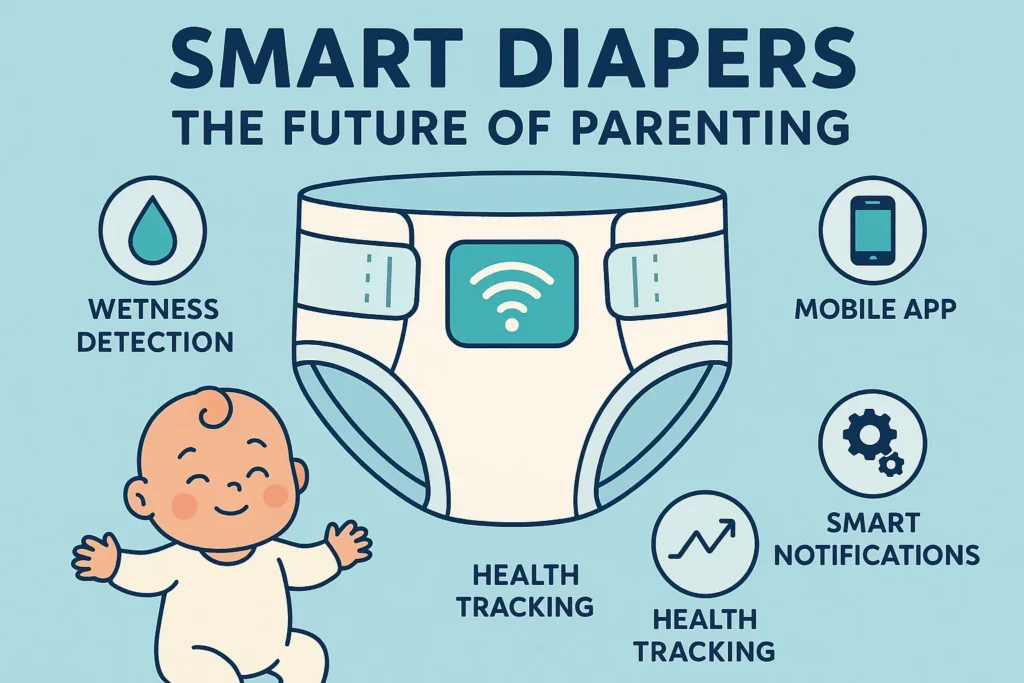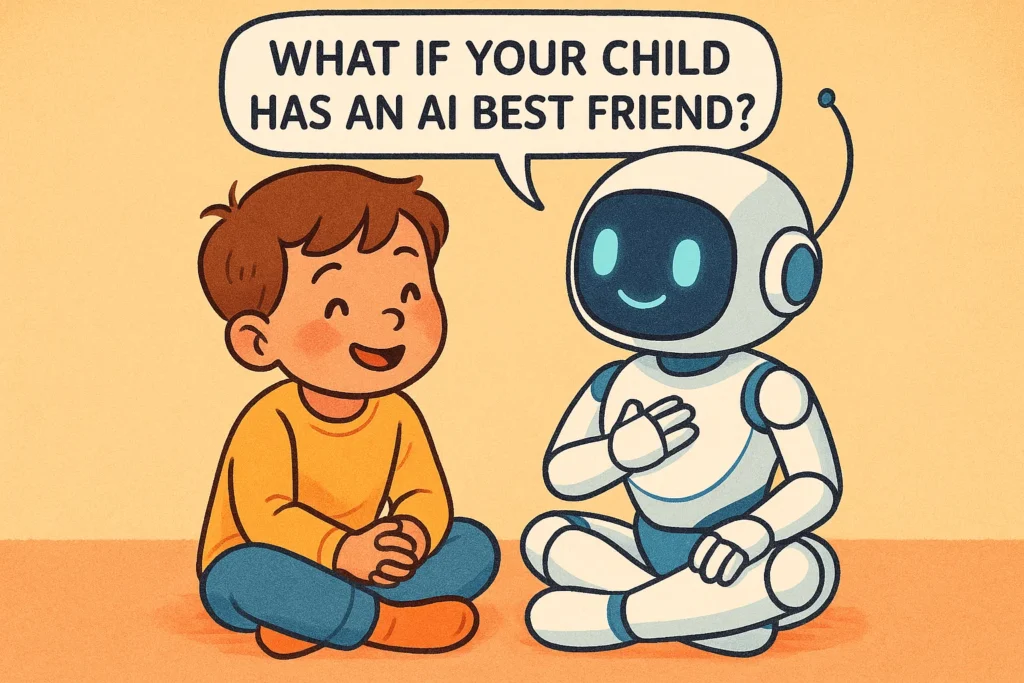🌟 Introduction
AI Identify Special Needs: At AiBlogQuest.com, we explore how artificial intelligence is revolutionizing parenting, education, and child development. One of the most promising applications is the use of AI to identify special needs earlier in children.
Traditionally, diagnosing conditions like autism, ADHD, dyslexia, or speech delays required long observation periods and subjective analysis. Today, AI tools can spot early warning signs months or even years before traditional methods, giving parents and therapists a head start in providing the right support.
🔍 How AI Identifies Special Needs Early
1. 🗣️ Speech and Language Analysis
AI-powered apps can track how children speak — analyzing tone, rhythm, pauses, and vocabulary use. Subtle delays or irregular patterns may indicate language or speech disorders long before they’re noticeable in daily life.
2. 👁️ Behavior Pattern Recognition
AI models trained on thousands of behavioral datasets can detect patterns linked to autism spectrum disorder (ASD) or ADHD by observing gestures, eye contact, and playtime interactions.
3. ✋ Motor Skills Monitoring
Smart sensors and cameras in toys or tablets measure fine motor coordination, such as hand movements and grip strength — helping to identify potential developmental delays.
4. 🧮 Learning Analytics in Education
AI learning platforms analyze how students respond to challenges, track attention span, and measure reading comprehension. Irregular learning curves can flag dyslexia, dyscalculia, or other learning disabilities early.
5. 🧠 Emotional and Cognitive Insights
Some AI systems use facial expression recognition and voice emotion analysis to understand a child’s stress, focus, or anxiety levels — helping educators and parents address emotional development issues early.
6. 📊 Predictive Developmental Models
AI can merge data from school, health records, and home devices to predict developmental trends — helping experts tailor personalized therapy and education plans for every child.
7. 🏥 Remote and Continuous Screening
AI-based mobile apps enable continuous observation outside clinics, so parents can track behavior and learning progress anytime — making screening more accessible than ever.
💡 Benefits of Early Detection with AI
-
Faster intervention: AI flags potential developmental delays earlier.
-
Personalized care: Data-driven insights allow for targeted therapy.
-
Accessibility: Families in remote areas gain access to early screening tools.
-
Reduced stigma: Objective data can help normalize seeking early help.
⚠️ Challenges and Concerns
-
Privacy Risks: Children’s data must be protected carefully.
-
Over-reliance on AI: Final diagnosis should always involve human professionals.
-
Bias in Datasets: AI models need diverse data to ensure accurate predictions.
AI should complement, not replace, therapists, teachers, and parents — empowering them with clearer, faster insights.
🚀 The Future of AI in Early Diagnosis
As technology advances, AI identify special needs systems will become more accurate and empathetic — integrating with smart classrooms, pediatric clinics, and home learning tools. By blending data science with child psychology, AI is turning early diagnosis into a proactive, compassionate process that supports every child’s growth.
🔗 Useful Links – AiBlogQuest.com
-
AI for Identifying Learning Disabilities Early
-
AI and Dyslexia: Innovative Approaches
❓ FAQ
Q1: Can AI replace professional diagnosis for special needs?
No, AI supports professionals with data insights, but human experts must confirm all diagnoses.
Q2: Are AI screening tools accurate?
Many are over 85% accurate when trained on diverse datasets but still need human verification.
Q3: What’s the biggest benefit of AI in early detection?
Early awareness — allowing intervention during the most critical stages of brain development.AI Identify Special Needs.



